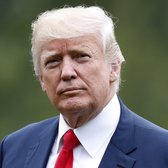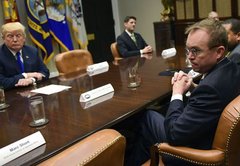Impose a hiring freeze on federal employees
Donald Trump
"A hiring freeze on all federal employees to reduce federal workforce through attrition (exempting military, public safety, and public health)."
Trump-O-Meter

Promise Broken

